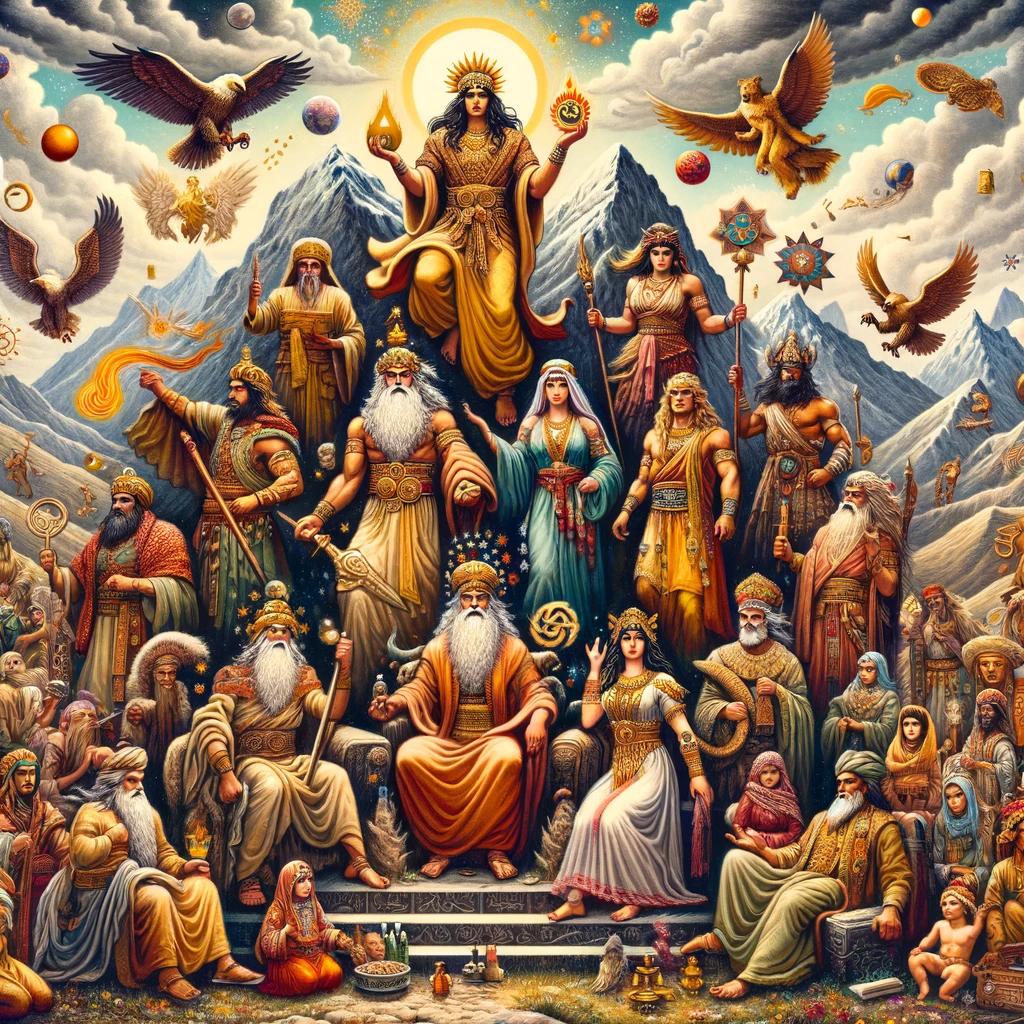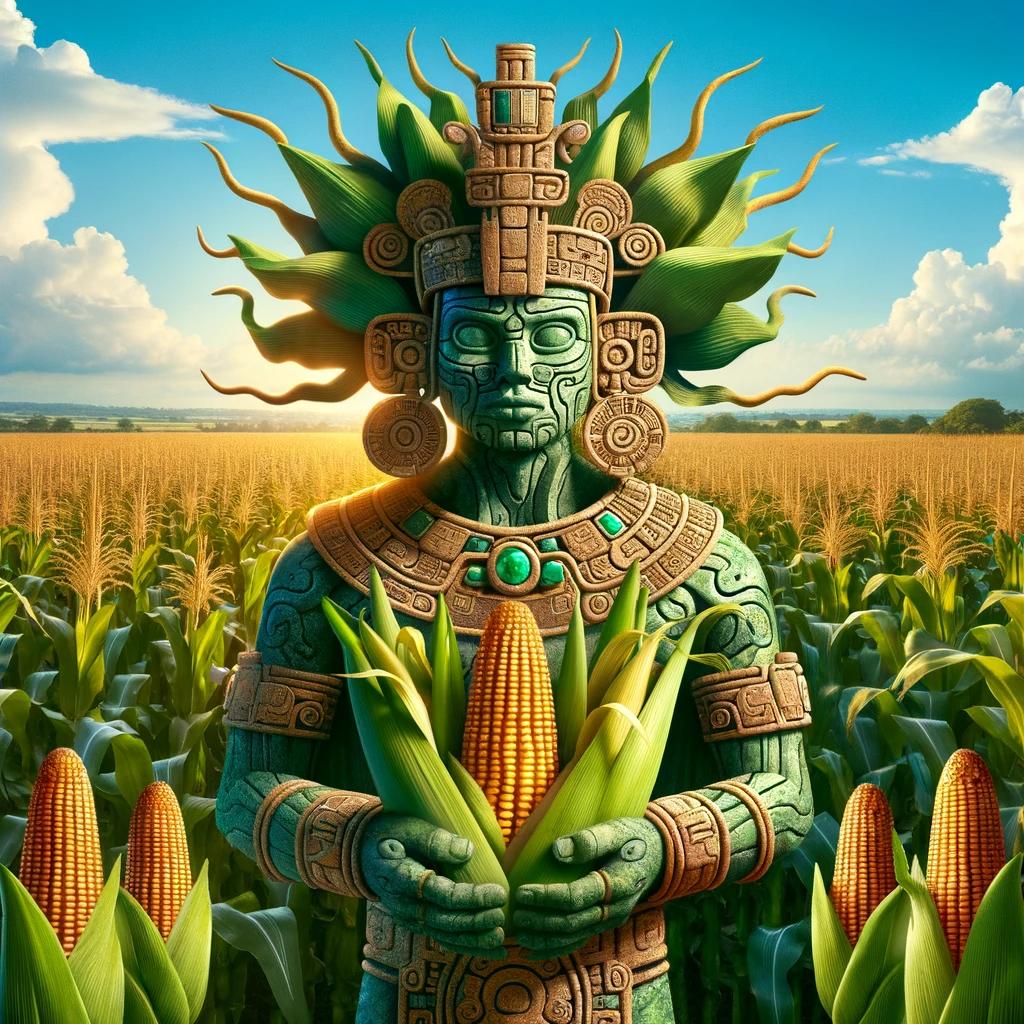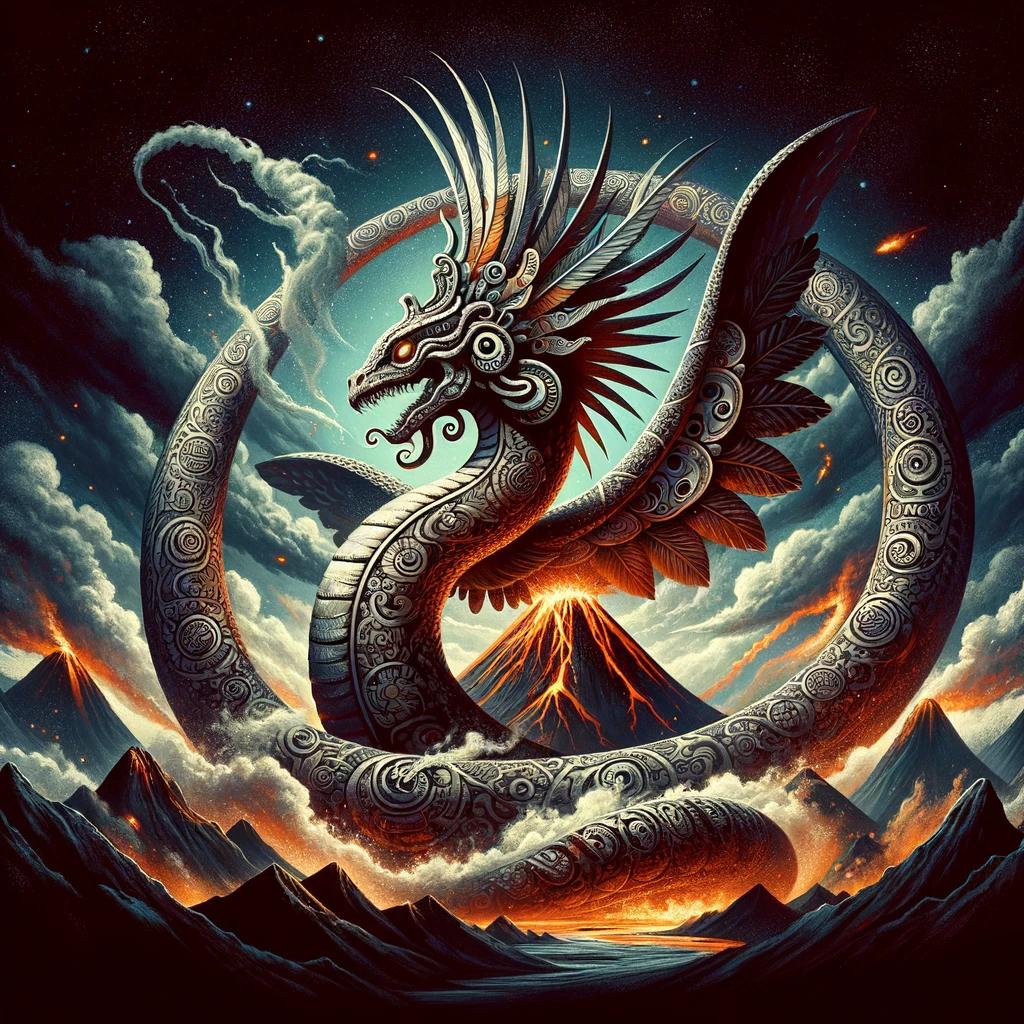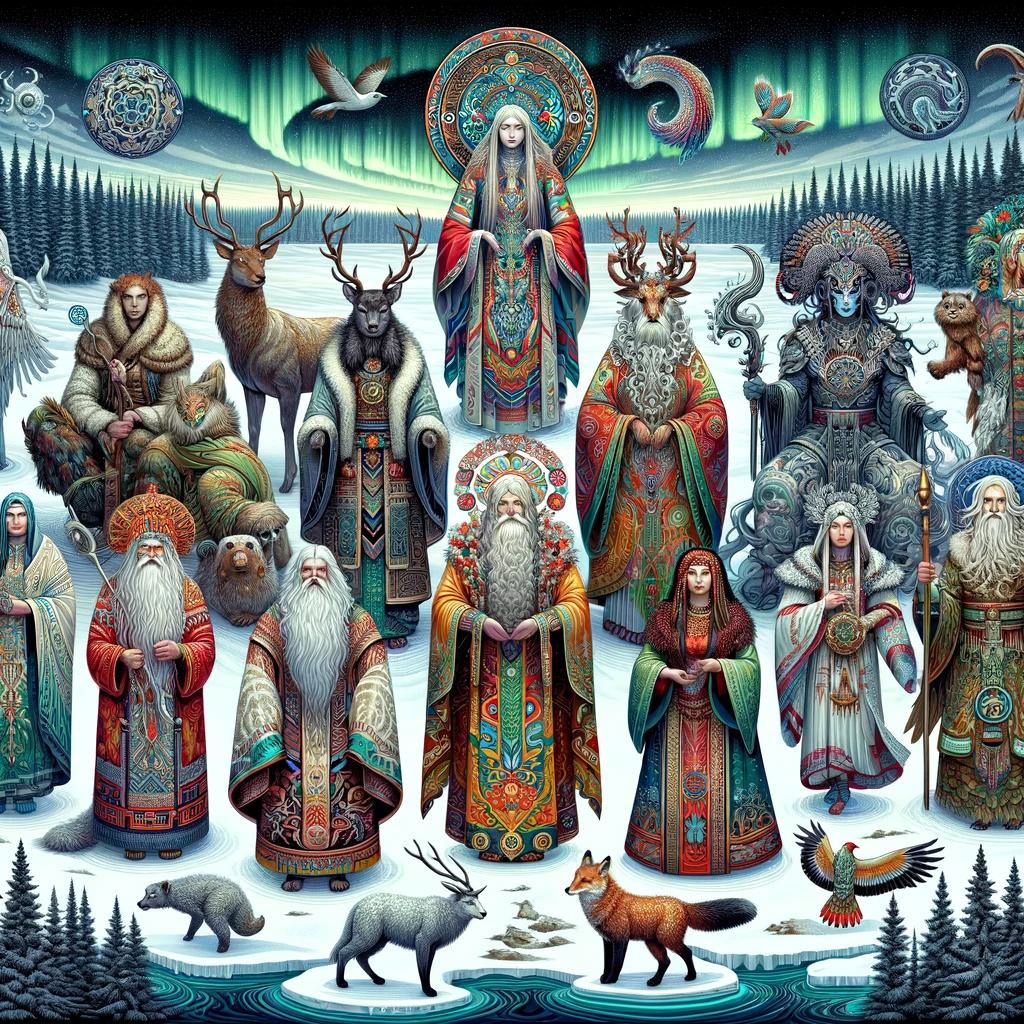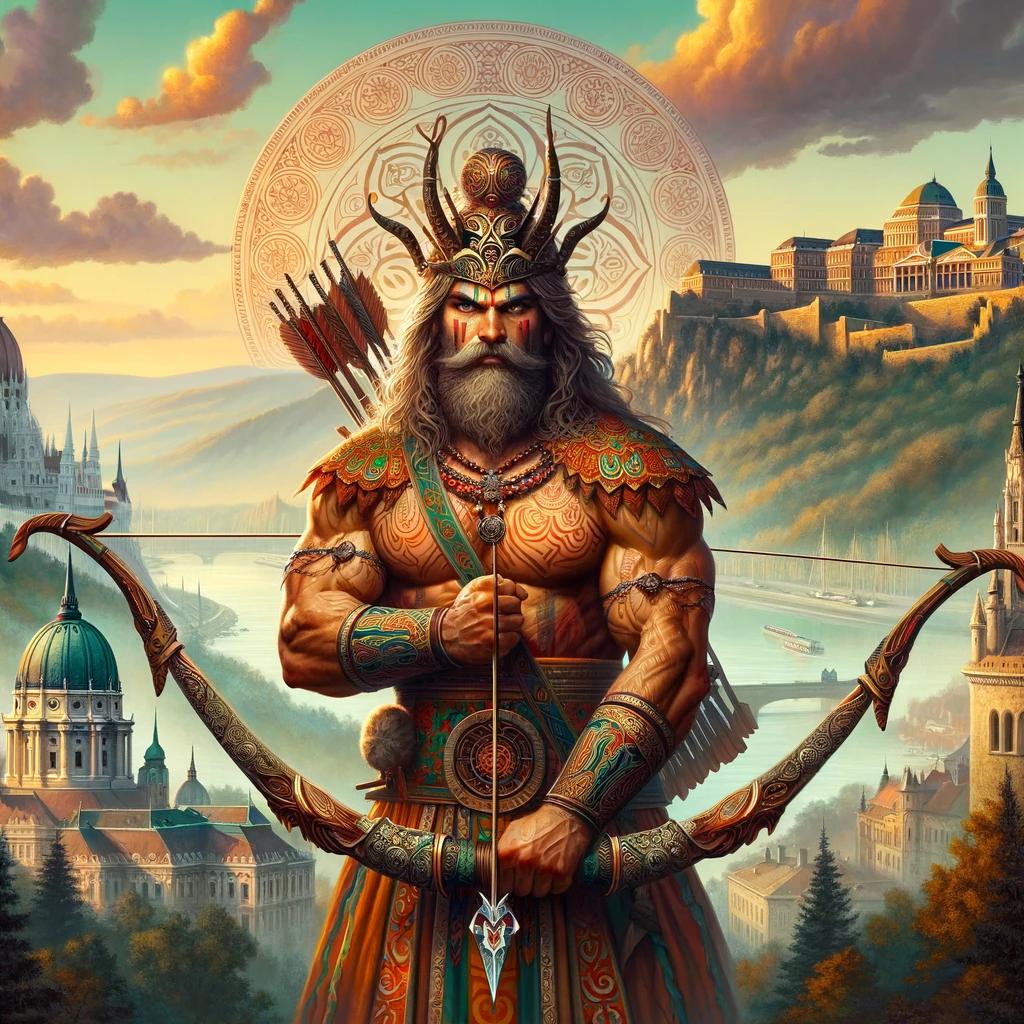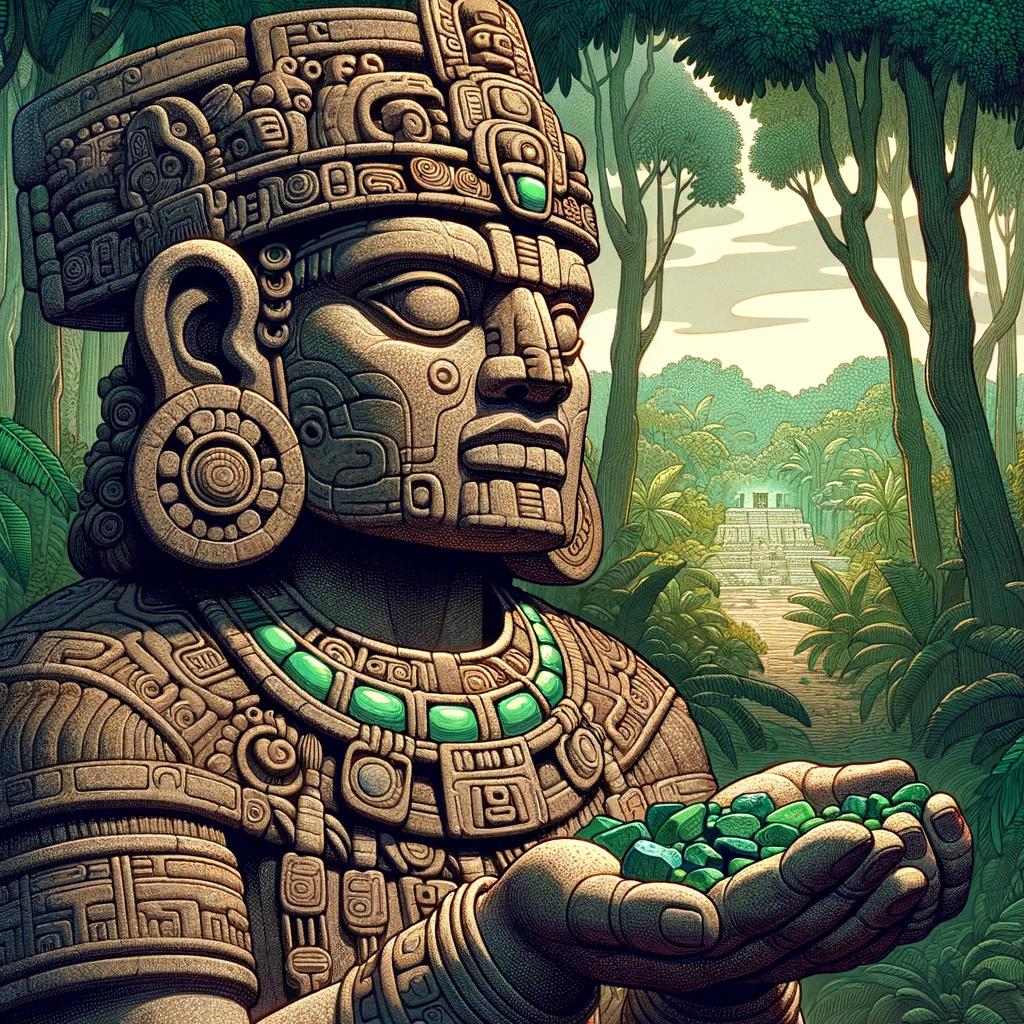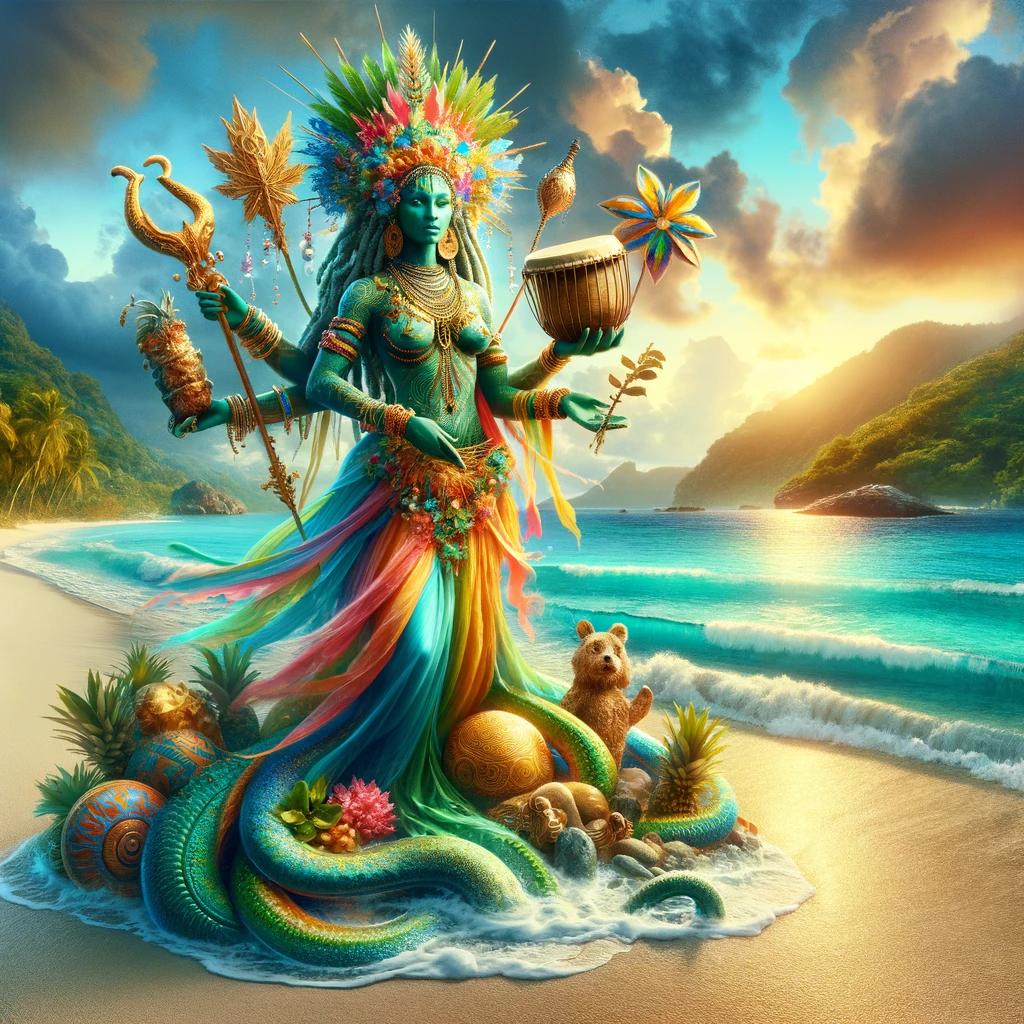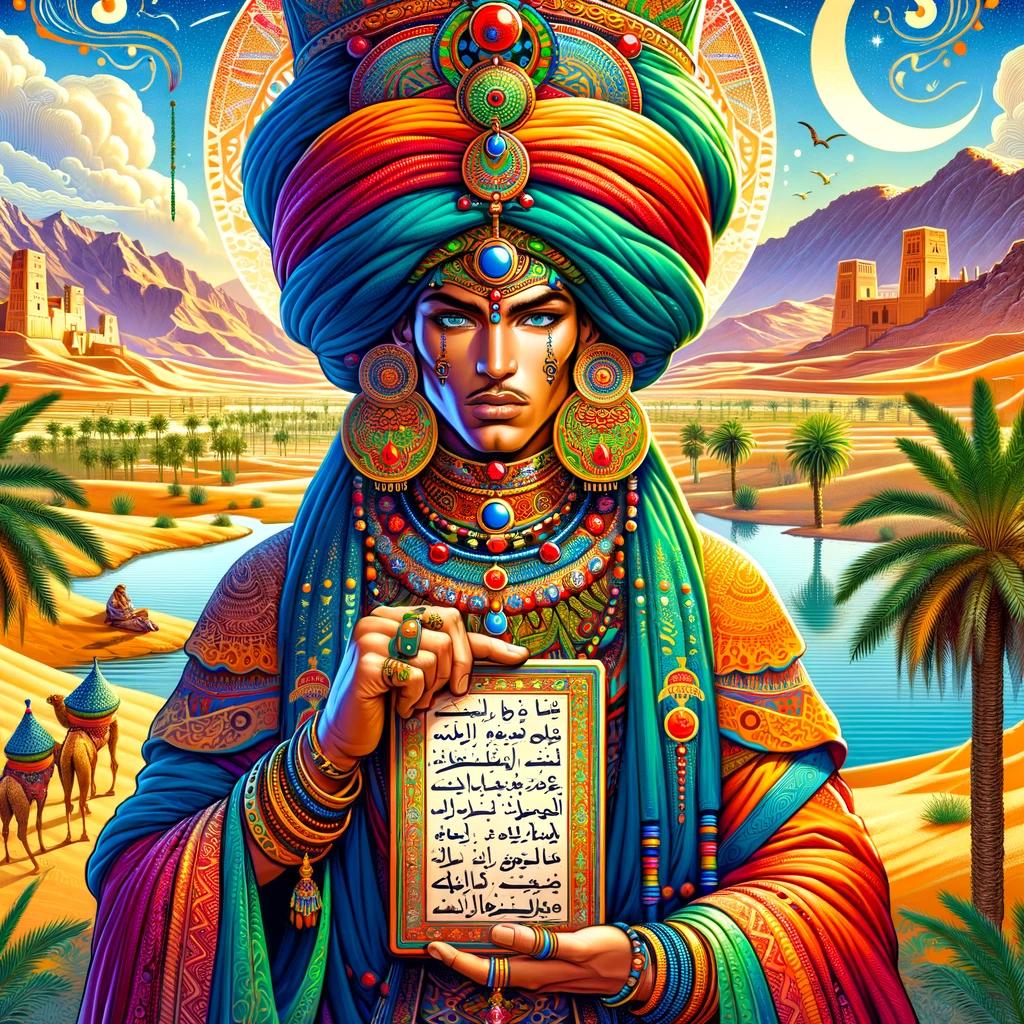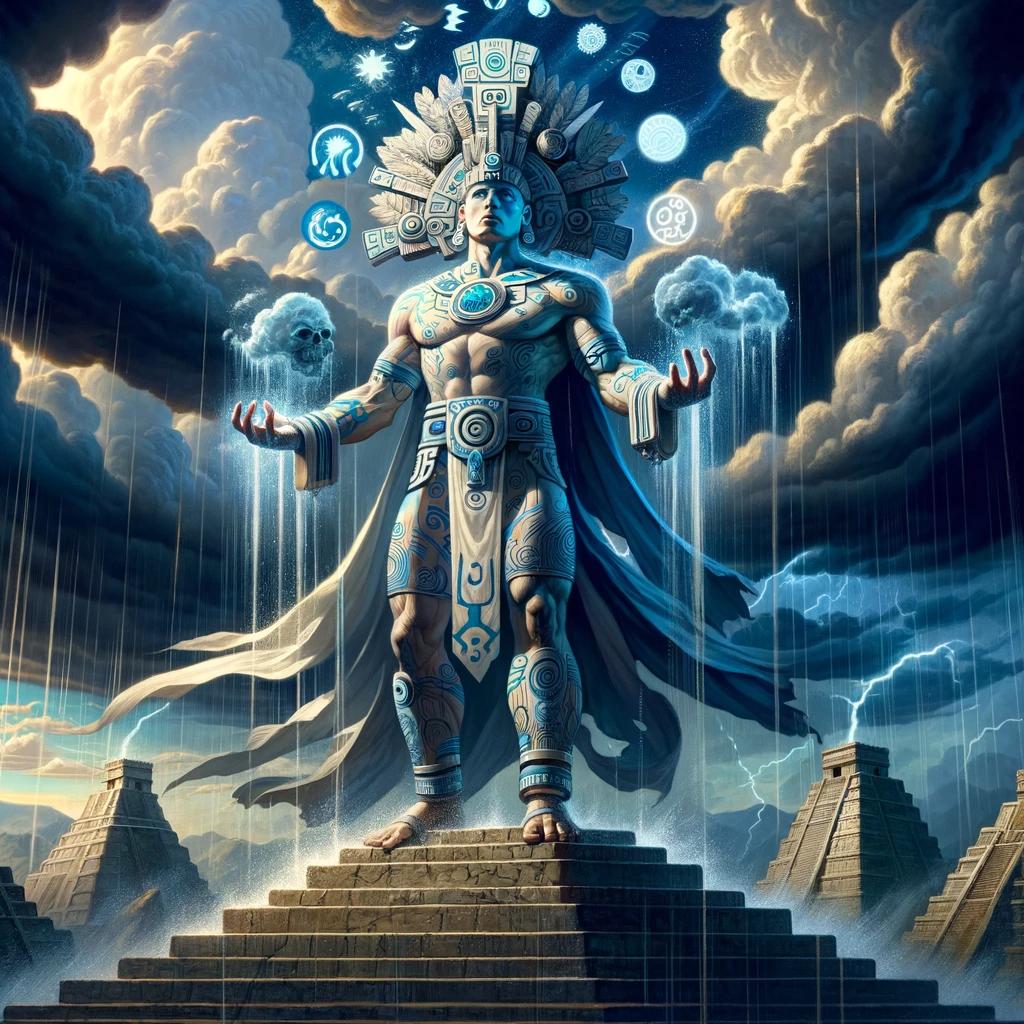Exploring Kurdish Mythology: Gods and Goddesses of Ancient Kurdistan
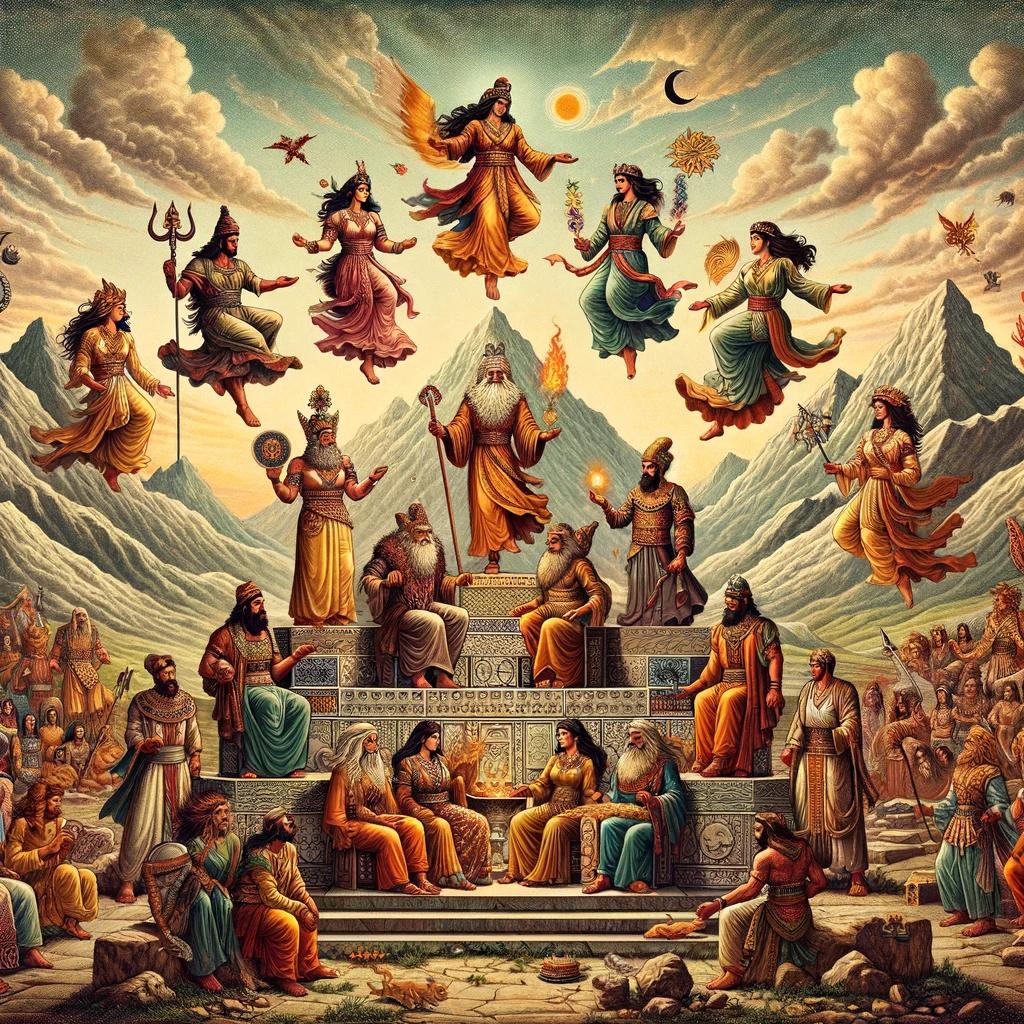
The article explores Kurdish mythology gods and goddesses, offering insights into their roles and significance within Kurdish culture. The pantheon includes Ana, the revered goddess of water, fertility, wisdom, and healing, known for her protective nature towards women.
The influence of Kurdish mythology extends beyond its borders, impacting other traditions like Zoroastrianism and Mithraism. The role of sacred trees in Kurdish mythology is also explored, highlighting their association with deities and ancestral spirits.
The persistence of Kurdish mythology in modern times and its impact on art, music, and literature is discussed. The article concludes with a focus on interpreting symbolism and historical insights within Kurdish mythological accounts.
Understanding the Kurdish Pantheon
Introduction: Within Kurdish mythology, a rich pantheon of gods and goddesses holds great significance in the culture. This section explores the roles and beliefs surrounding these divine beings.
Ana: The Goddess of Water, Fertility, and Healing
The goddess Ana occupies a prominent position in the Kurdish pantheon, revered as the deity of water, fertility, wisdom, and healing.
As the protector of women, Ana ensures their well-being and promotes fertility and safe childbirth. Her sacred waters are essential for the survival of the sacred creation.
Mithra: The God of Sun and Light
Mithra is another important deity in Kurdish mythology, associated with the sun and light.
Revered as a god of cosmic order and justice, Mithra symbolizes truth and embodies the divine principles of loyalty, friendship, and bravery. His worship plays a significant role in Kurdish religious practices.
Beliefs and Practices Surrounding Other Key Gods and Goddesses in Kurdish Mythology
Beyond Ana and Mithra, various other gods and goddesses hold significance in Kurdish mythology. These entities represent nature, natural phenomena, and aspects of human life. Each deity possesses unique qualities and attributes, and their veneration is intertwined with Kurdish religious rituals and practices.
- The god Zoroaster: Associated with wisdom, spiritual enlightenment, and the cosmic battle of good and evil.
- The goddess Ishtar: Representing love, beauty, and fertility, Ishtar holds a prominent role in concepts of femininity and sexuality.
- The god Tammuz: Regarded as a vegetation deity, Tammuz symbolizes rebirth, growth, and the cyclical nature of life.
These gods and goddesses, among others, form a diverse pantheon that reflects the values, beliefs, and experiences of the Kurdish people throughout history.
Influence of Kurdish Mythology on Other Cultures
Kurdish mythology has had a profound impact on various cultures throughout history, demonstrating its rich and influential nature. This section explores the connection between Kurdish mythology and other belief systems, highlighting its significance in shaping religious and cultural practices.
Connection between Kurdish and Zoroastrian Mythology
Kurdish mythology shares intriguing parallels with Zoroastrian mythology, an ancient Iranian religion. Both belief systems emphasize the powers of gods and goddesses, including elements like fire and water. In Kurdish mythology, Ana, the goddess of water, bears resemblance to the Zoroastrian goddess Anahita, symbolizing their shared cultural roots and mutual veneration of natural elements.
Kurdish Mythological Elements in Mithraism
The influence of Kurdish mythology is also evident in Mithraism, an Indo-Iranian religion centered around the god Mithras. The worship of Mithras in Mithraism bears resemblances to Kurdish mythological practices, such as the reverence for the sun and light.
This connection suggests an intermingling of cultural beliefs and the assimilation of Kurdish mythological elements into Mithraic rituals and symbolism.
Cultural Exchange: Kurdish Mythology’s Impact on Slavic and Celtic Beliefs
The cultural exchange between the Kurdish people and other ancient civilizations extends beyond Zoroastrianism and Mithraism. Kurdish mythology has also left an imprint on Slavic and Celtic belief systems. Elements like sacred trees and the reverence for nature found in Kurdish mythology bear similarities to Slavic and Celtic folklore.
These cultural exchanges highlight the widespread influence of Kurdish mythology on diverse cultures and their shared respect for the spiritual significance of the natural world.
The Role of Trees in Kurdish Mythology
The significance of trees in Kurdish mythology is deeply rooted in their belief system, where trees are revered as sacred entities and serve as abodes for deities and ancestors.
This connection between nature and spirituality is interwoven in Kurdish folklore and rituals, symbolizing a profound understanding of the natural world.
Sacred Trees as Abodes of Deities and Ancestors
In Kurdish mythology, certain trees are regarded as sacred and believed to house deities and ancestral spirits. These trees serve as intermediaries between the human realm and the divine realm, acting as conduits for communication and guidance.
Kurdish traditions uphold the belief that these ancient trees possess spiritual energy, wisdom, and the ability to connect individuals with their ancestral lineage.
The sacredness bestowed upon these trees is a reflection of the Kurds’ reverence for their heritage and a way of maintaining a deep connection with their ancestors.
It is believed that prayers and offerings made beneath these sacred trees can invoke blessings, protection, and spiritual guidance from the deities and ancestors residing within them.
Tree Worship in Kurdish Folklore and Rituals
Kurdish folklore and rituals reflect the veneration of trees in their mythology.
Tree worship is an integral part of their cultural practices, with ceremonies and rituals centered around these sacred beings. These rituals often entail circling or dancing around the trees to honor and pay homage to their divine presence.
Various festivals and celebrations also revolve around trees in Kurdish culture. These festivities involve decorating trees with colorful ribbons, flowers, and offerings, symbolizing the Kurds’ gratitude for the abundant blessings bestowed upon them by these trees.
These traditions not only foster a sense of community but also reinforce the spiritual connection between individuals and the natural world.
Furthermore, trees are considered living witnesses to history in Kurdish folklore, embodying the collective memory of the Kurdish people.
The ancient tales and legends passed down through generations often feature prominent trees as important landmarks and sources of cultural identity.
The enduring reverence for trees in Kurdish mythology reflects their profound appreciation for nature, spiritual interconnectedness, and the preservation of ancestral wisdom.
These ancient beliefs and practices continue to hold significance in Kurdish society today, showcasing the enduring legacy of Kurdish mythology.
Persistence of Kurdish Mythology and Folklore in Modern Times
The rich cultural practices and beliefs of Kurdish society continue to showcase the enduring presence of Kurdish mythology and folklore in the modern era. These traditions not only provide a glimpse into the ancestral past but also shape the cultural fabric of Kurdish communities today.
Cultural Practices and Beliefs in Kurdish Society Today
Kurdish society remains deeply connected to its mythological roots, evident in the preservation of age-old practices and beliefs. Rituals and ceremonies associated with important life events such as births, marriages, and funerals often incorporate elements of Kurdish mythology.
Symbolic representations, songs, and dances are performed to honor deities and invoke their blessings.
Kurdish folklore, passed down through generations, also plays a crucial role in shaping the cultural identity of the community.
These folktales, myths, and legends act as a mode of storytelling, teaching moral lessons, and preserving the collective memory of the Kurdish people.
Preservation Efforts and Revival of Kurdish Mythology
In recent years, there has been a growing interest in the preservation and revival of Kurdish mythology and folklore. Scholars, cultural organizations, and community leaders are actively involved in documenting and studying these ancient traditions.
Efforts are made to collect and publish oral narratives, songs, and rituals, ensuring that future generations have access to this invaluable cultural heritage.
Furthermore, cultural festivals and events centered around Kurdish mythology are organized to celebrate and showcase the diverse aspects of Kurdish folklore.
These platforms allow for the revitalization and reimagining of mythological tales, connecting the past with the present.
The Influence of Kurdish Mythology in Art, Music, and Literature
Kurdish mythology continues to inspire artists, musicians, and writers, serving as a rich source of creativity and expression. Paintings, sculptures, and other forms of visual art often depict mythological themes and characters, capturing the imagination and spirituality inherent in Kurdish mythology.
In the realm of music, traditional Kurdish melodies and poetic compositions are infused with mythological motifs and narratives. Lyrics often reference ancient gods and goddesses, connecting contemporary Kurdish musical traditions with their mythological roots.
Additionally, Kurdish literature has embraced the influence of mythology, with authors exploring and reinterpreting mythological stories in their works. These literary endeavors contribute to the preservation and dissemination of Kurdish mythology to a wider audience.
In conclusion, the persistence of Kurdish mythology and folklore in modern times is evident through the continuation of cultural practices, efforts to preserve and revive ancient traditions, and the influence of mythology in various art forms.
The enduring power and significance of Kurdish mythological narratives continue to shape and enrich the cultural landscape of Kurdish society in the present day.
Discussion and Interpretation of Kurdish Mythology
The rich mythology of the Kurdish people offers a captivating realm of symbolism, allegory, and historical insights. Through careful analysis and interpretation, we can deepen our understanding of the cultural significance embedded within Kurdish mythology.
Two key aspects of discussion and interpretation include the exploration of symbolism and allegory, as well as extracting historical insights from the accounts present in Kurdish mythology.
Interpreting Symbolism and Allegory in Kurdish Mythology
Kurdish mythology is replete with symbols and allegories that serve as powerful conduits for conveying deeper meanings and truths.
By delving into the intricate web of symbols, we can unravel hidden messages and profound wisdom within these ancient narratives.
Symbols such as water, fire, trees, and animals often recur throughout Kurdish mythology, each carrying its own unique significance.
Water, for example, embodies purification, renewal, and the life-giving force of Ana, the goddess of water and fertility. Fire symbolizes both destruction and transformation, embodying the dual nature of creation and destruction within the cosmic order.
Furthermore, animals like the lion, eagle, and snake hold symbolic importance, representing courage, nobility, and wisdom respectively. Understanding the symbolic language in Kurdish mythology allows us to appreciate the nuanced layers of meaning woven into these ancient tales.
Extracting Historical Insights from Kurdish Mythological Accounts
Kurdish mythological accounts not only provide us with captivating narratives but also offer valuable insights into the historical context and cultural practices prevalent in ancient Kurdistan. By meticulously examining these accounts, we can gain glimpses into the lives, beliefs, and rituals of the Kurdish people throughout history.
For example, the documented worship of Ana and other gods in ancient cities like Ecbatana sheds light on the religious practices of the time and the intricate relationships between Kurdish and Medean civilizations.
The mention of Kurdānshāh the Mede in ancient chronicles further illustrates the intertwined history of the Kurds and the Medes, fostering a deeper understanding of their shared cultural heritage.
Additionally, oral traditions and folktales passed down through generations offer valuable insights into the daily life, social structures, and worldview of the Kurdish people throughout different periods.
These accounts provide a glimpse into the customs, rituals, and values cherished by the Kurdish society, offering a unique perspective on their historical development.
By carefully navigating the realm of symbolism and extracting historical nuggets from mythological accounts, we can gain a comprehensive understanding of Kurdish mythology’s cultural and historical significance.
This exploration enhances our appreciation of the rich heritage of the Kurdish people and their enduring mythological traditions.
.











